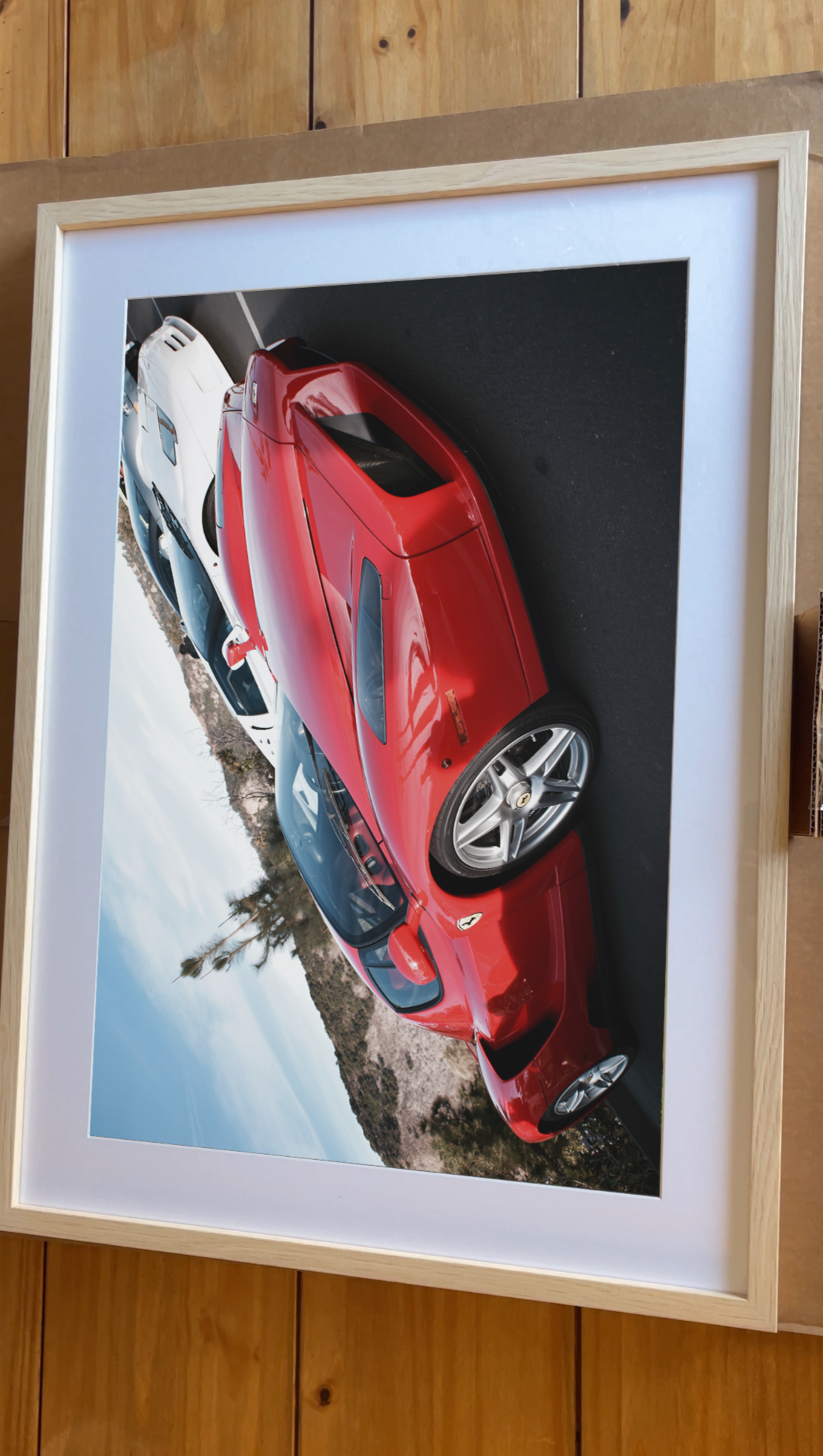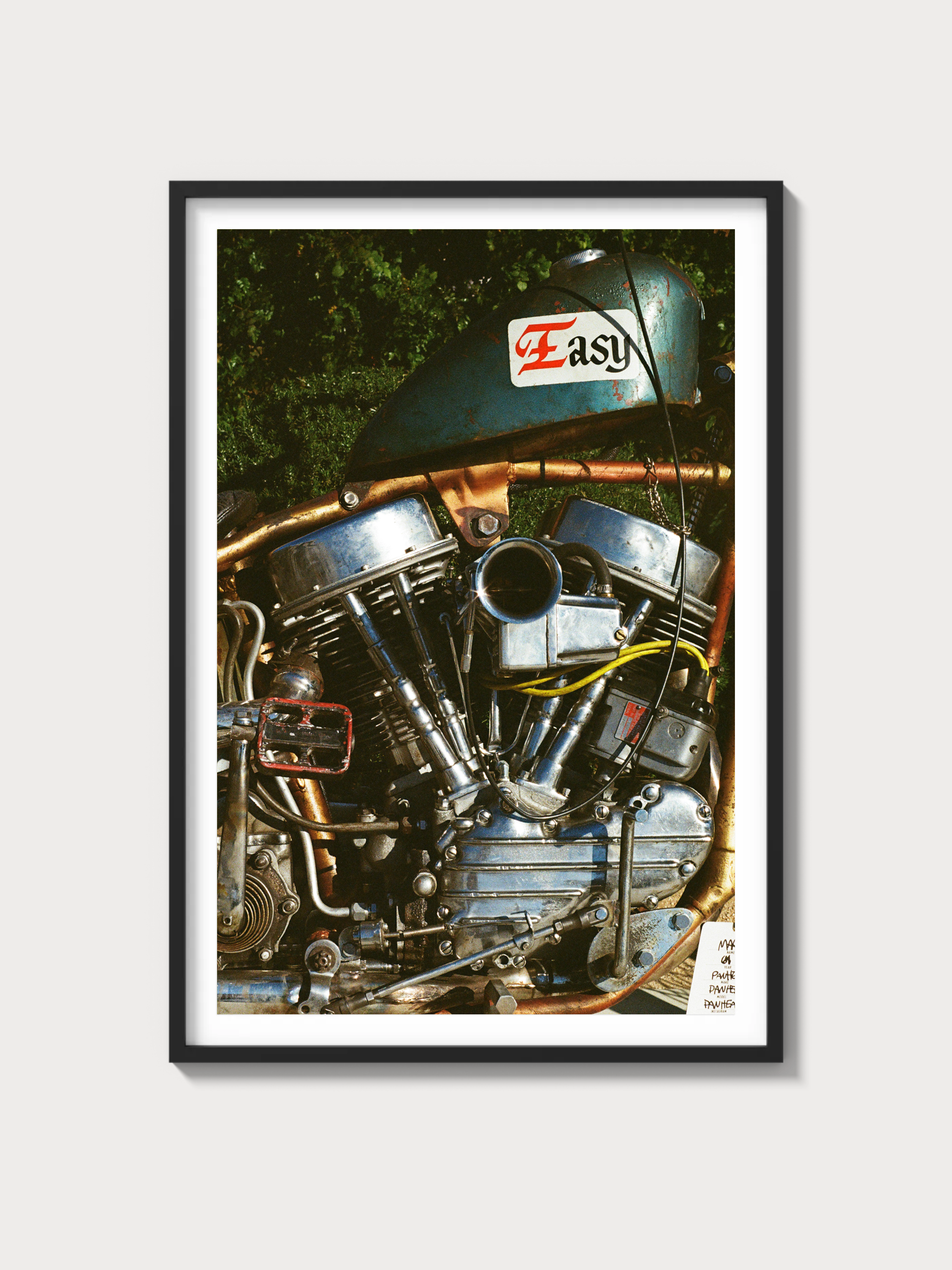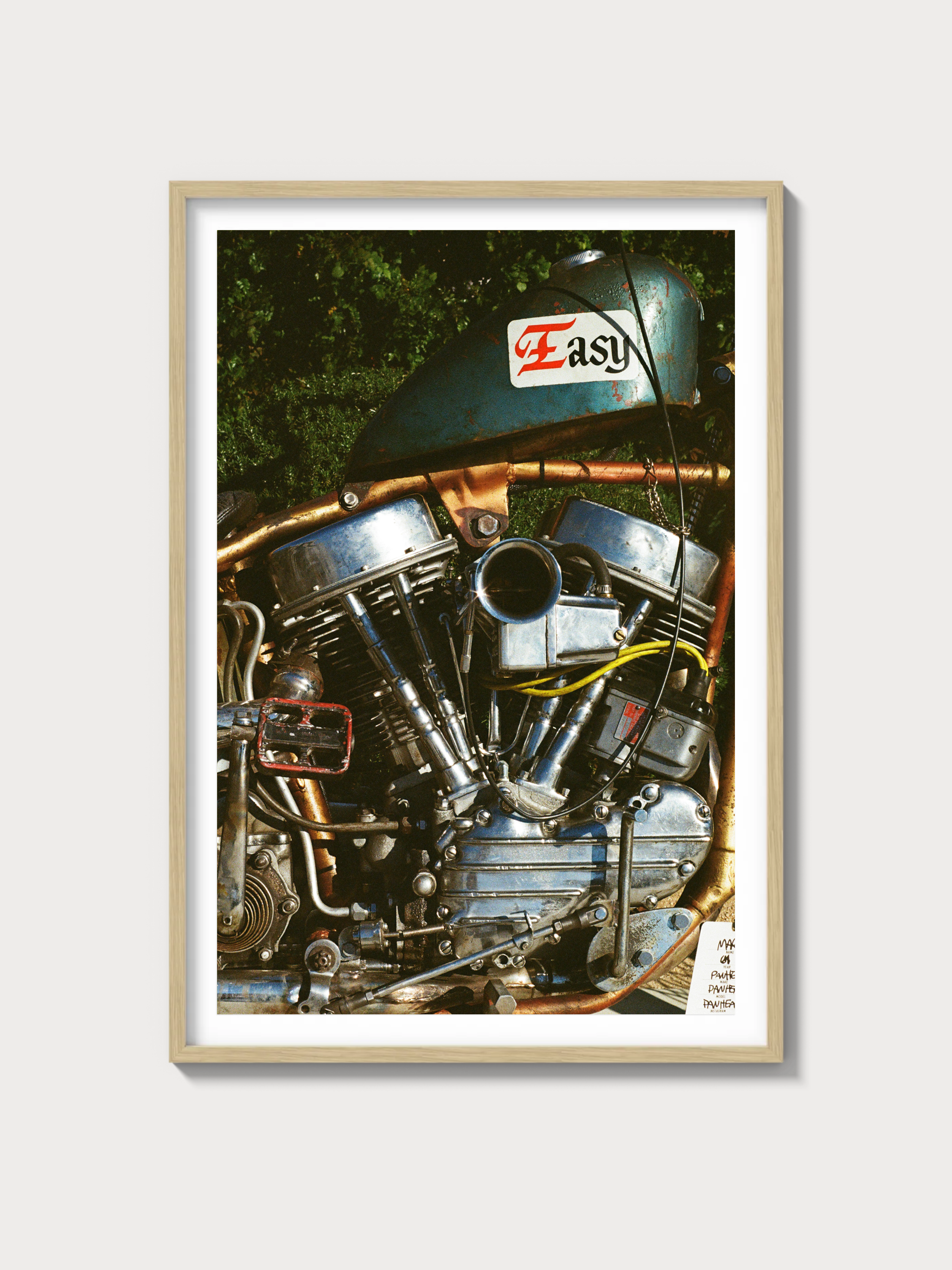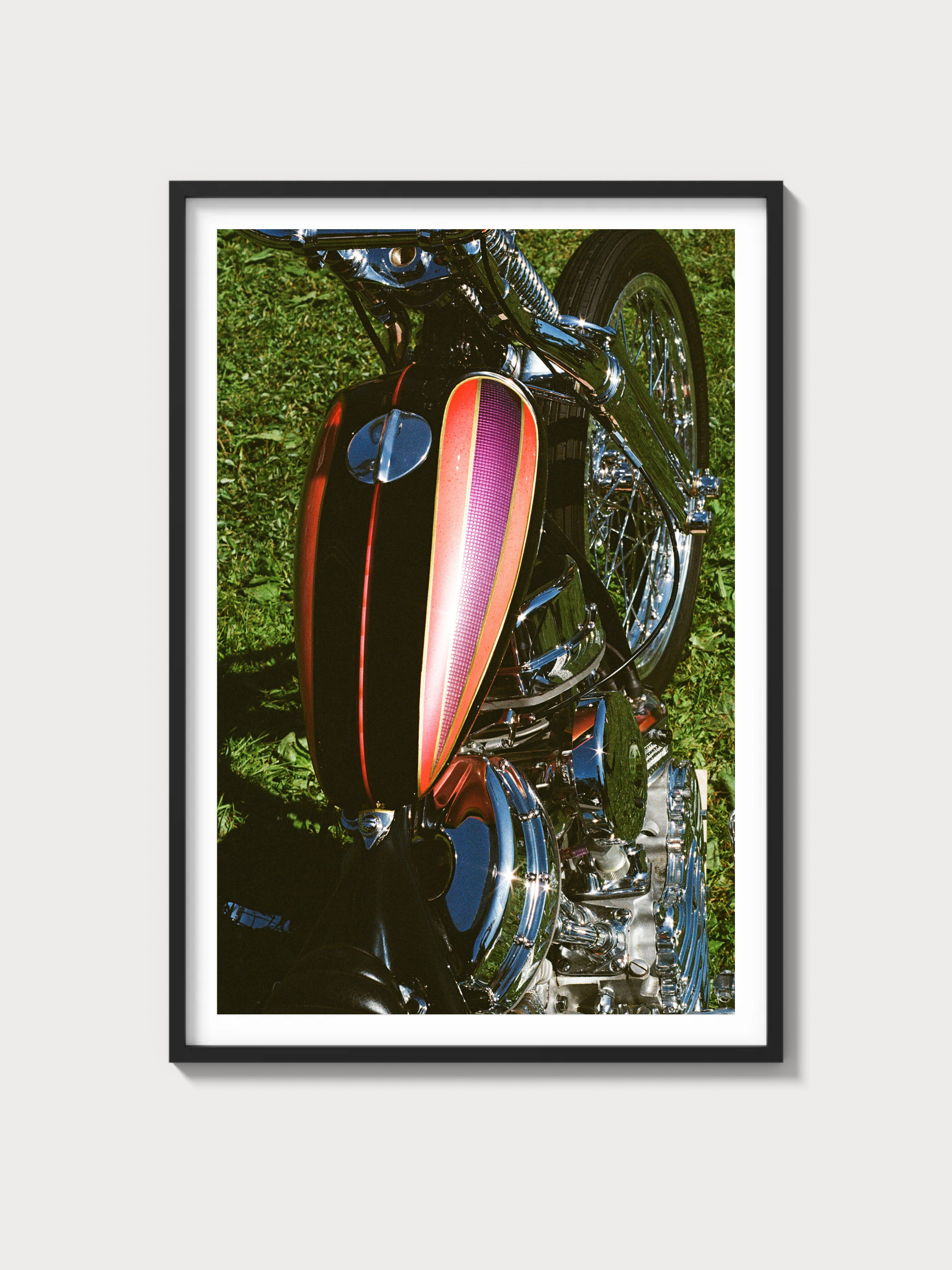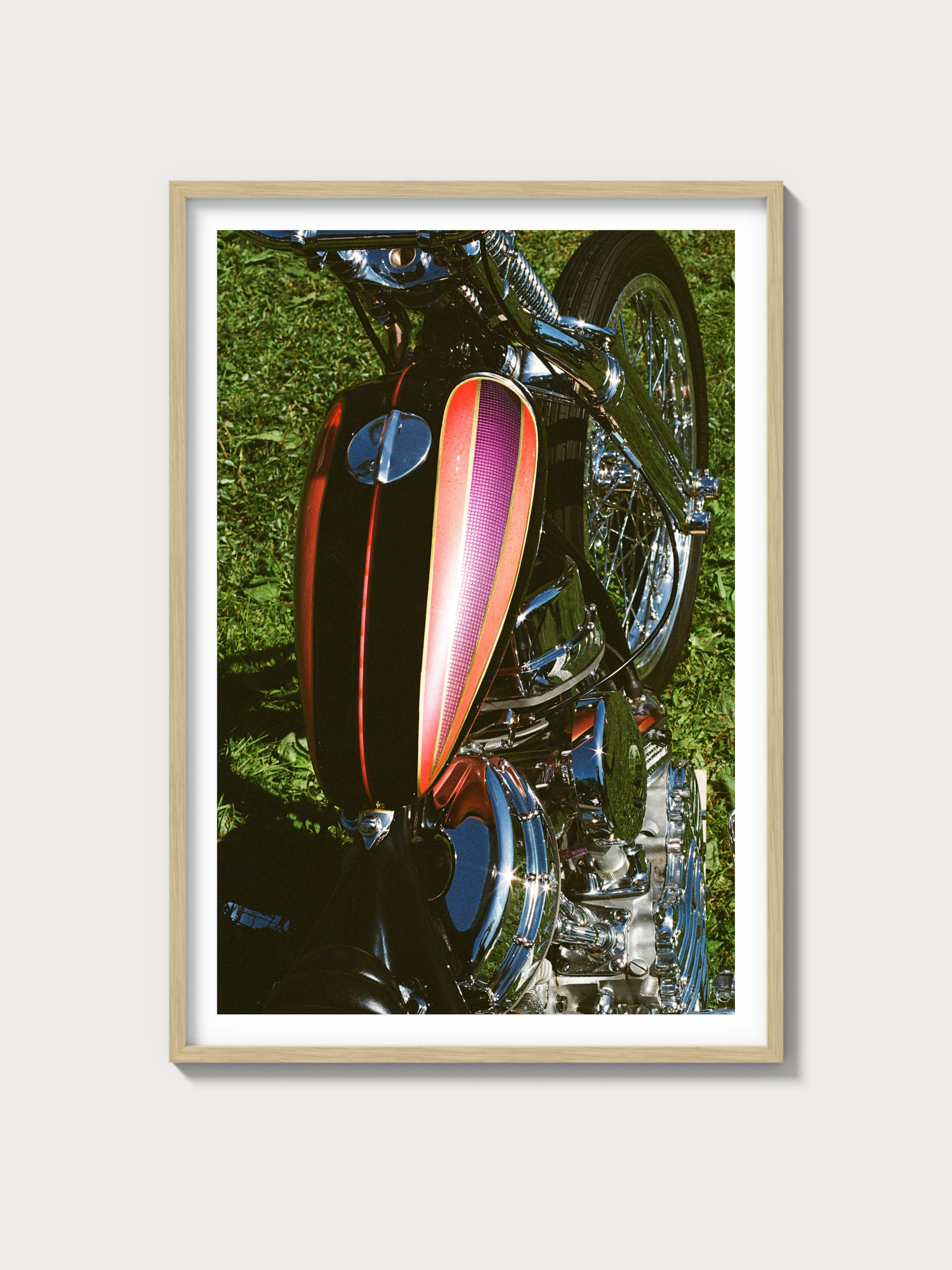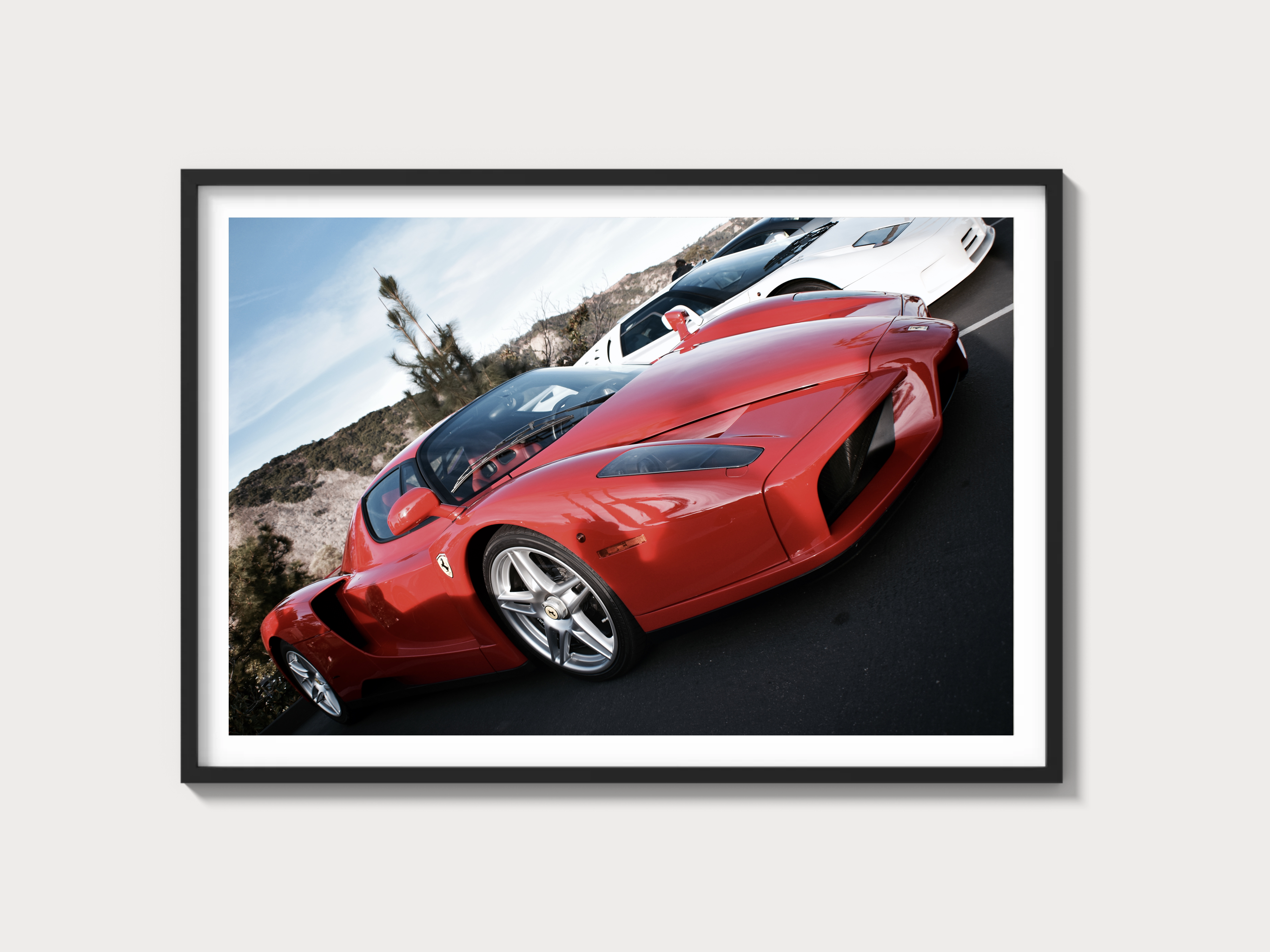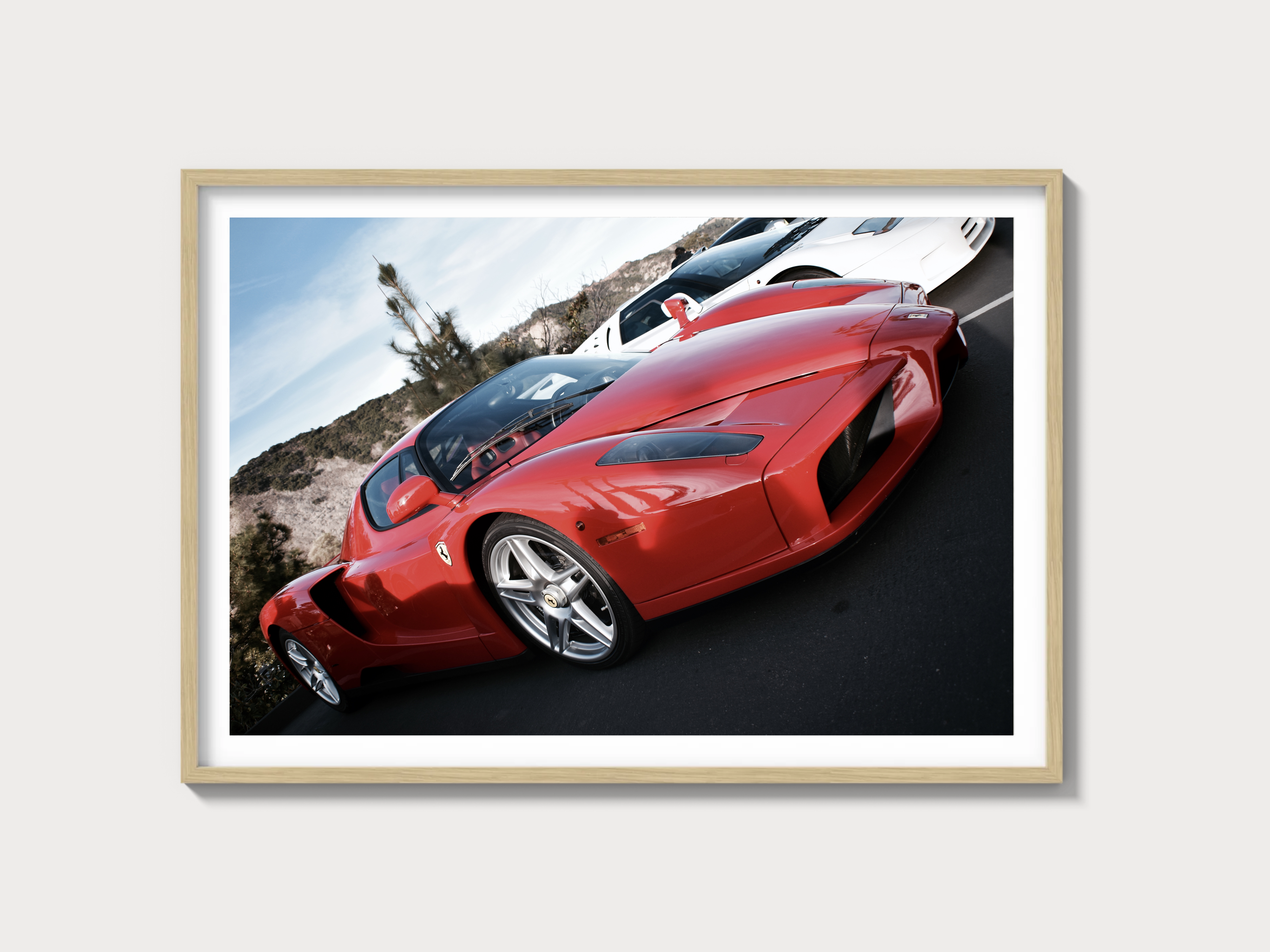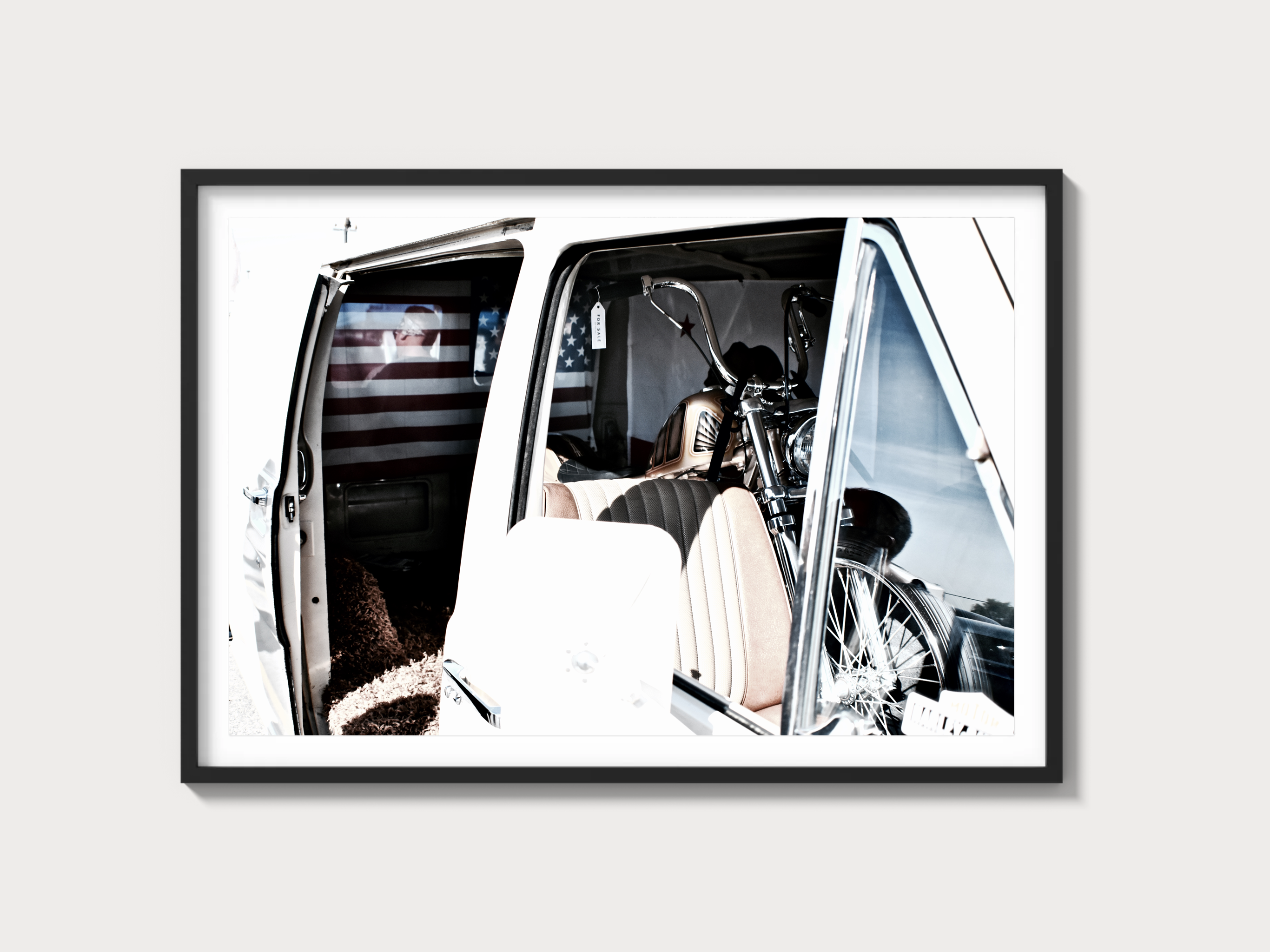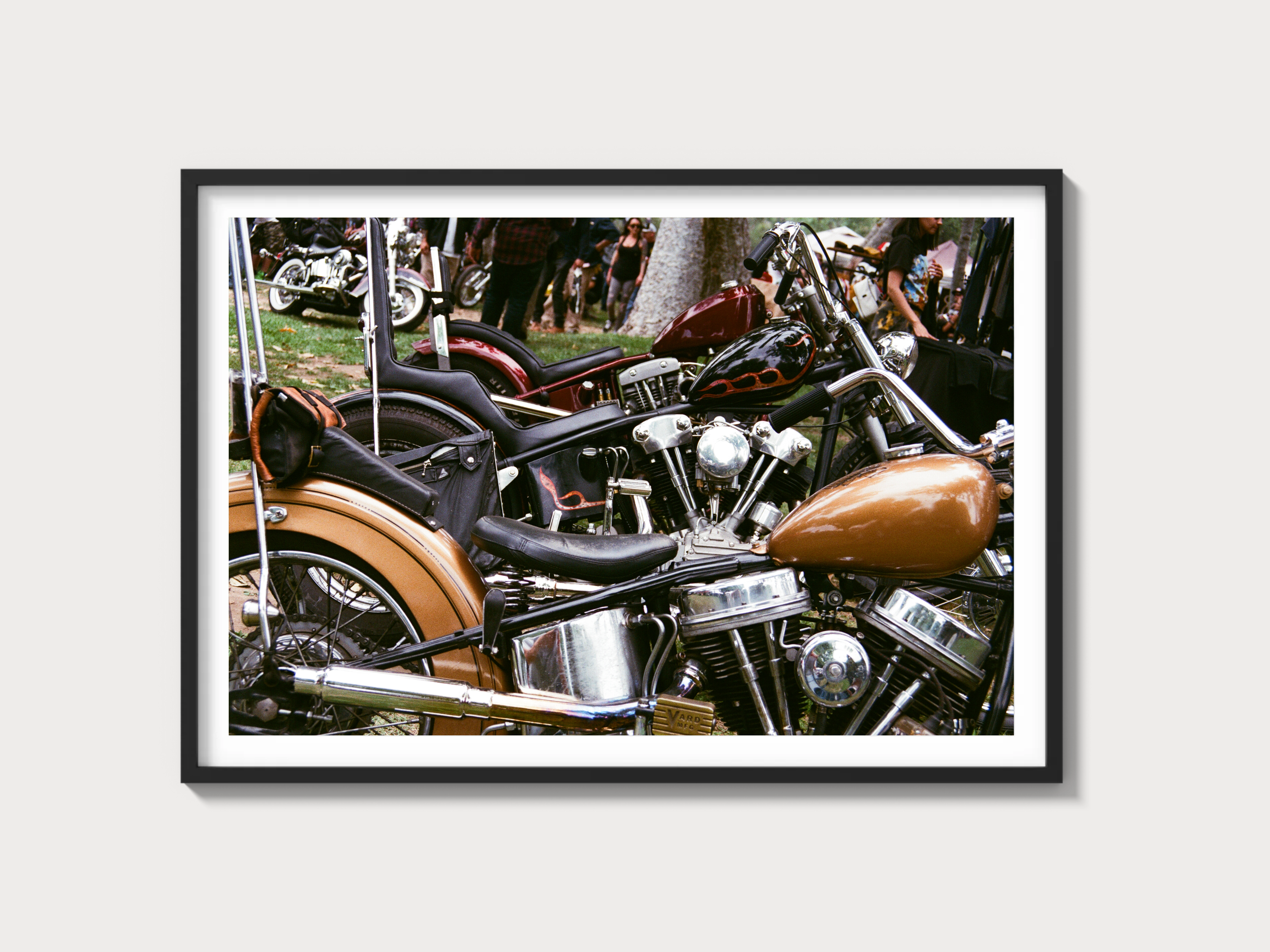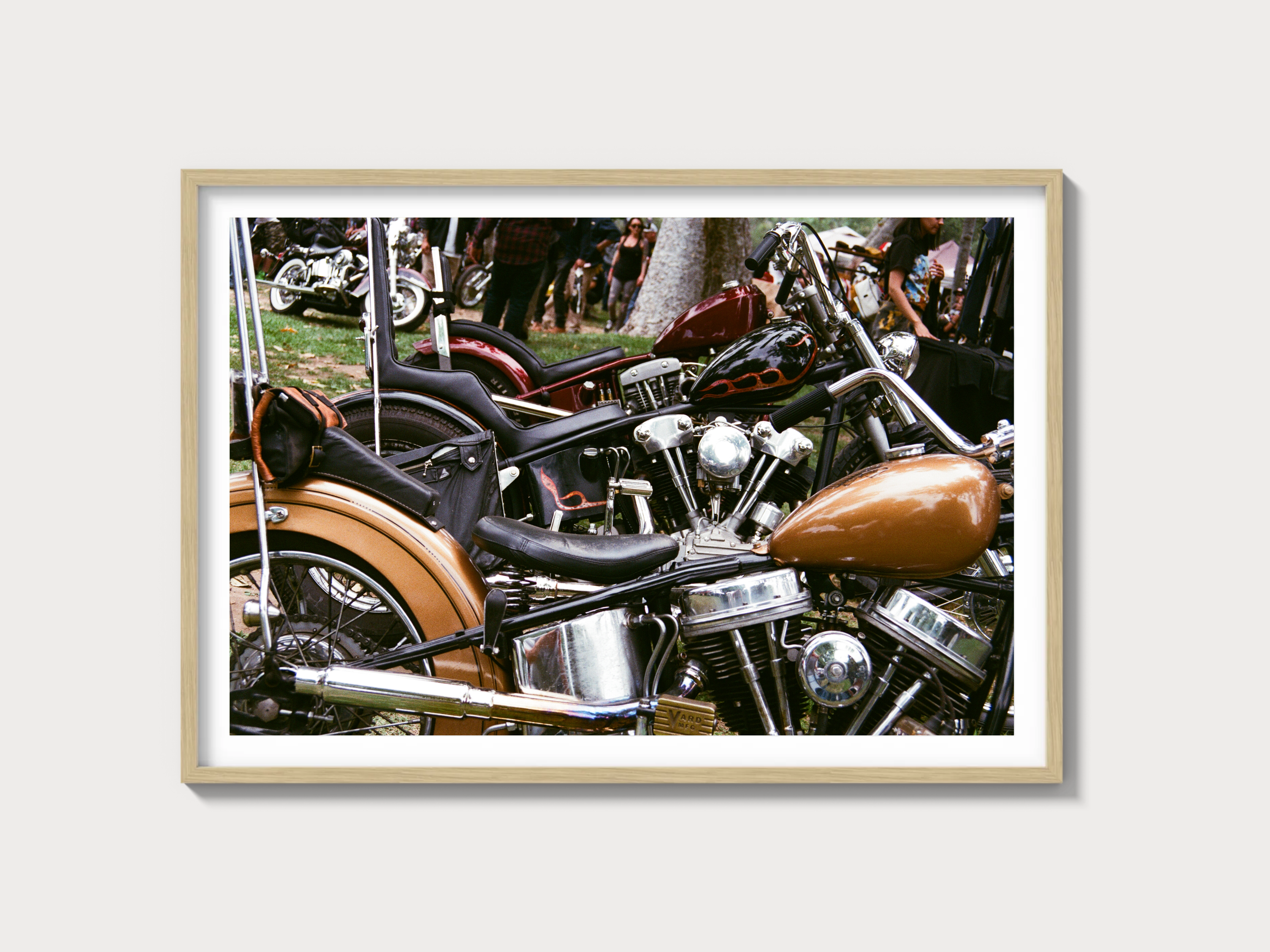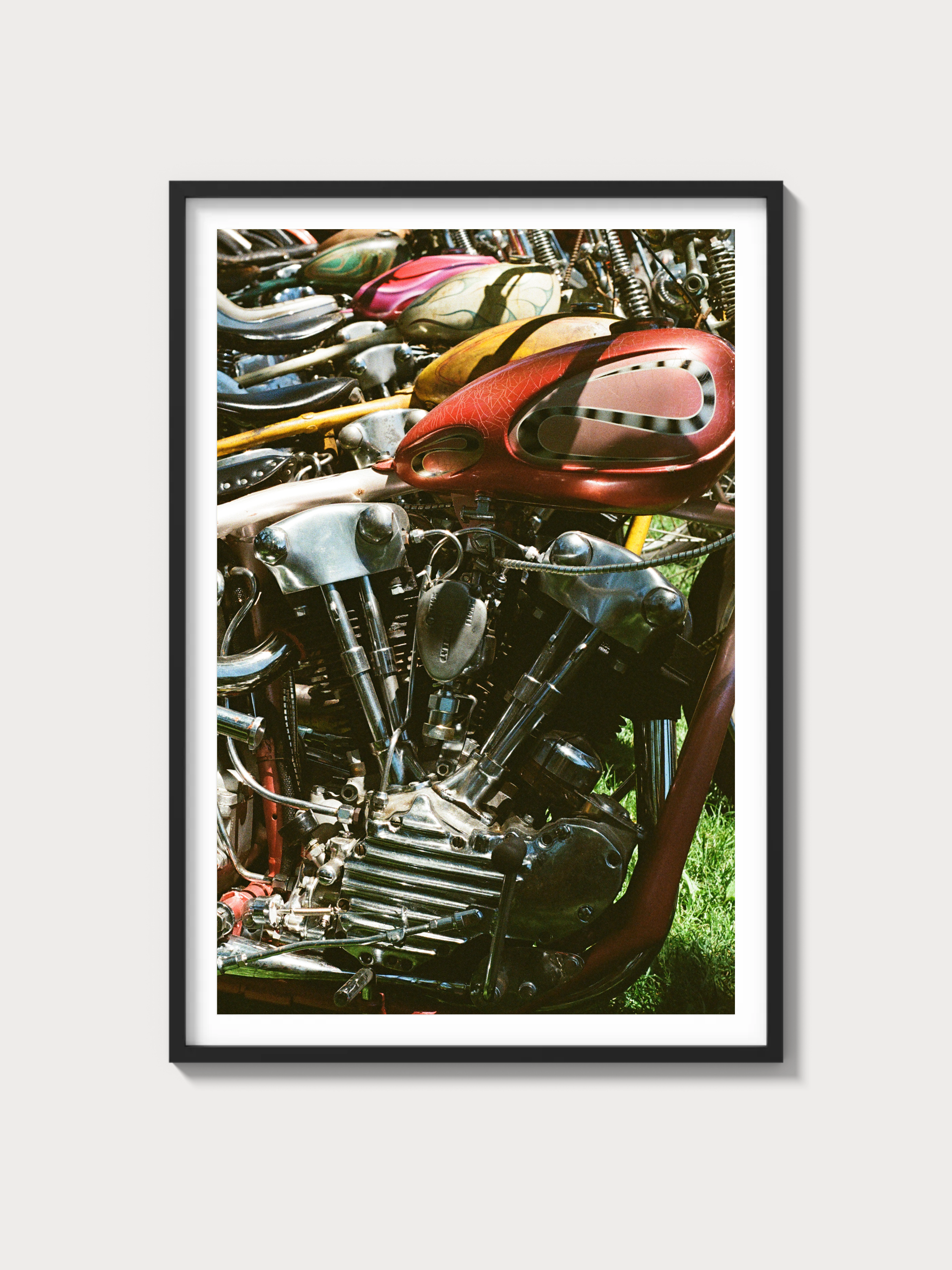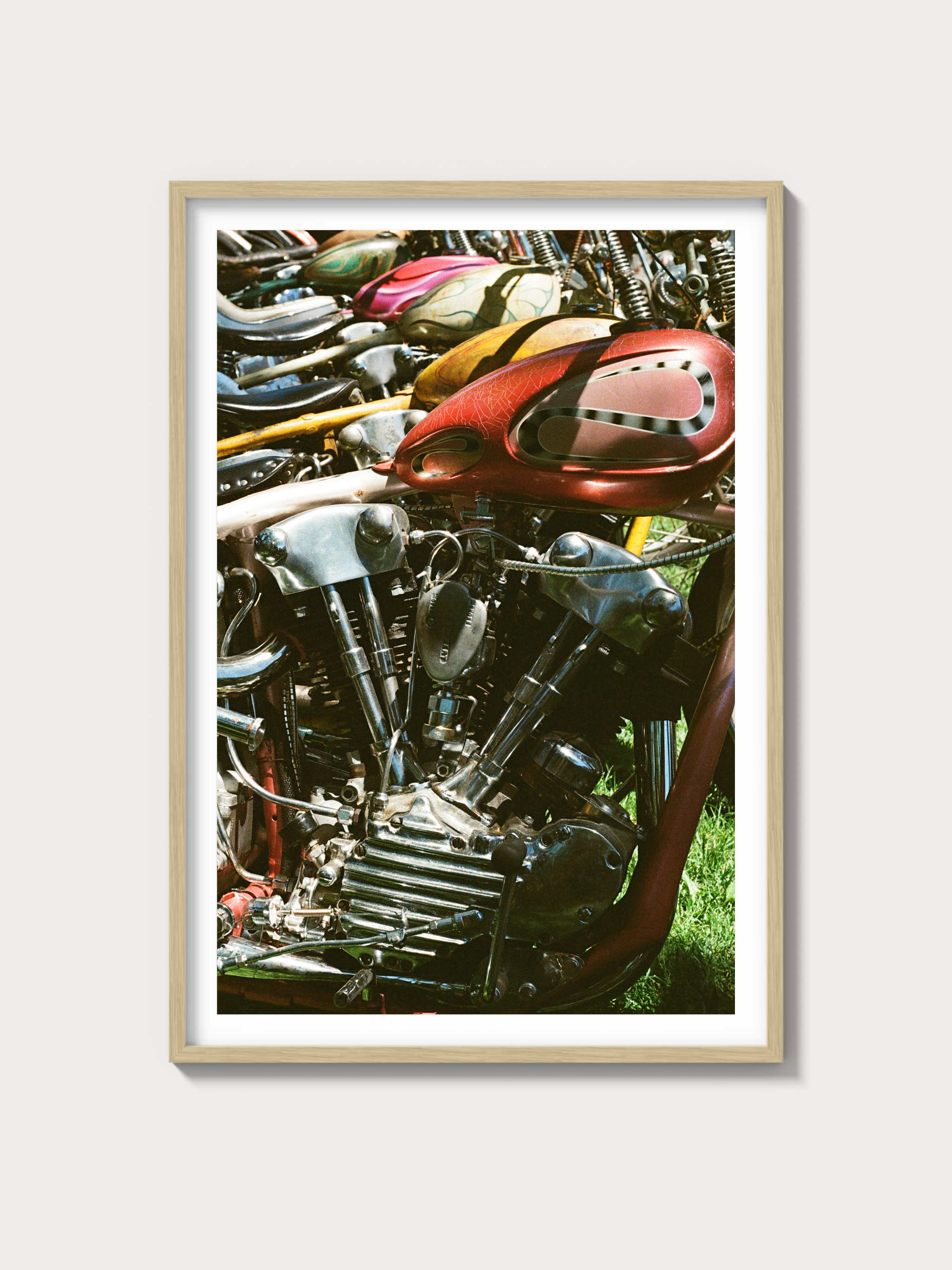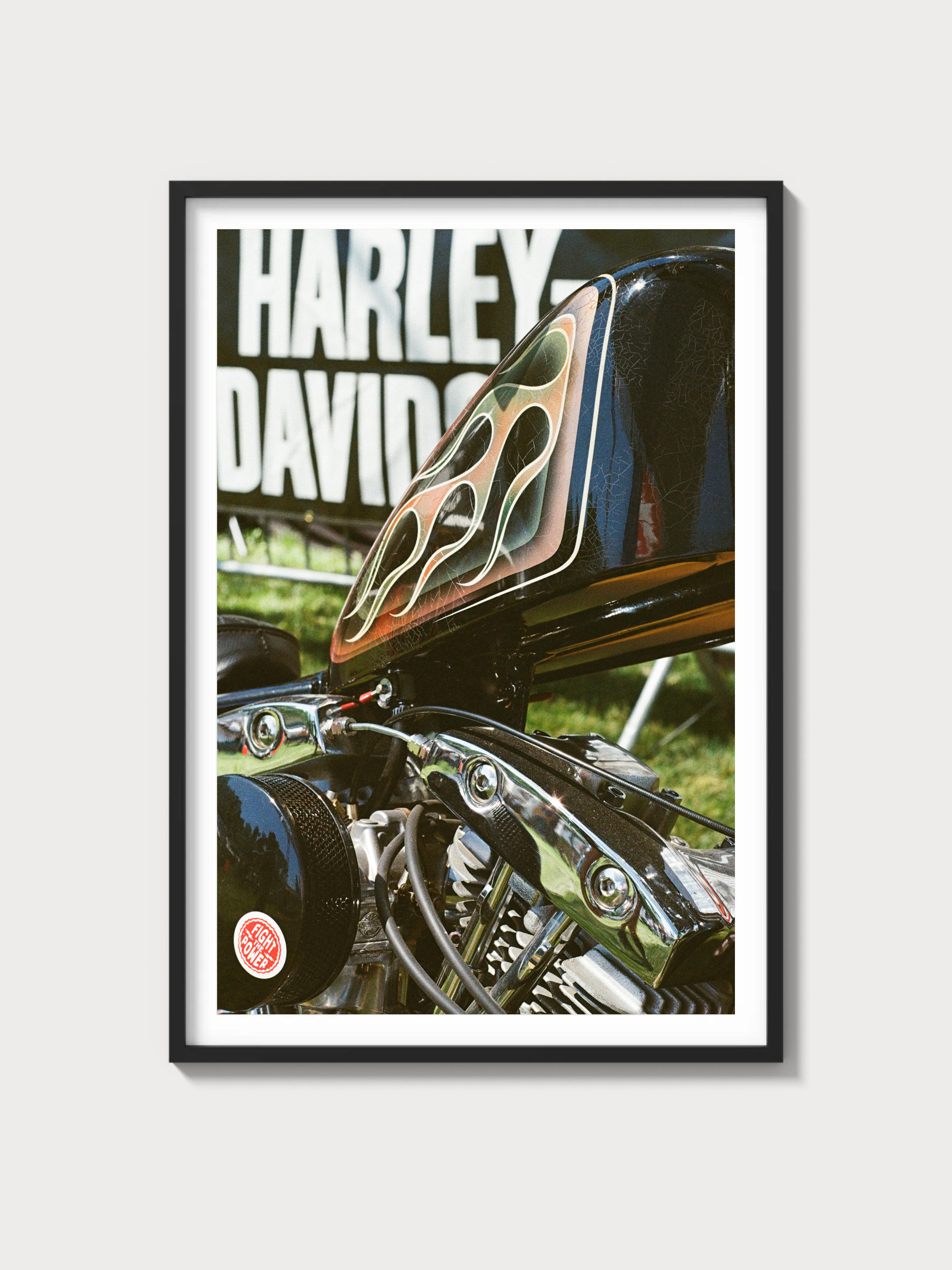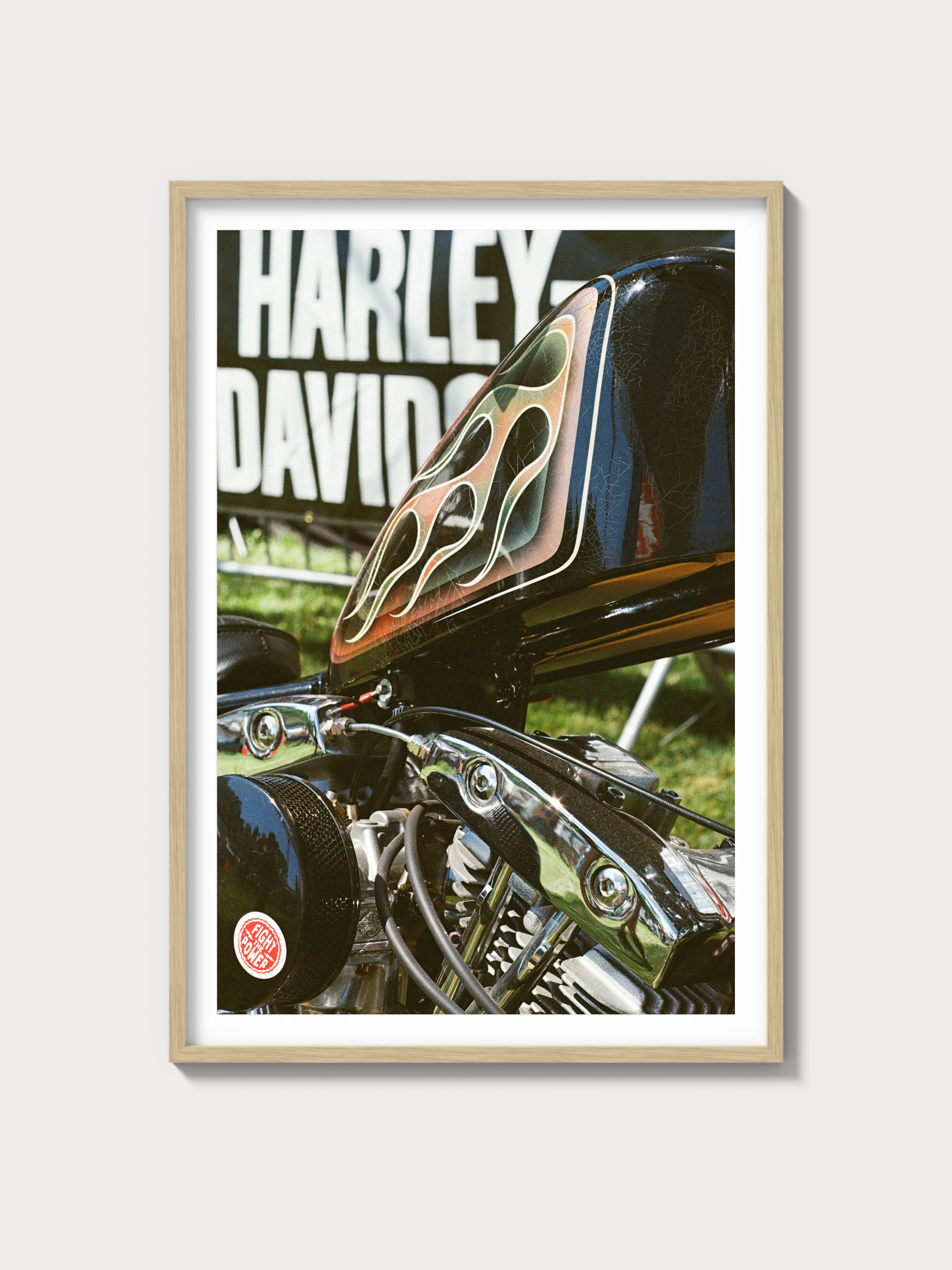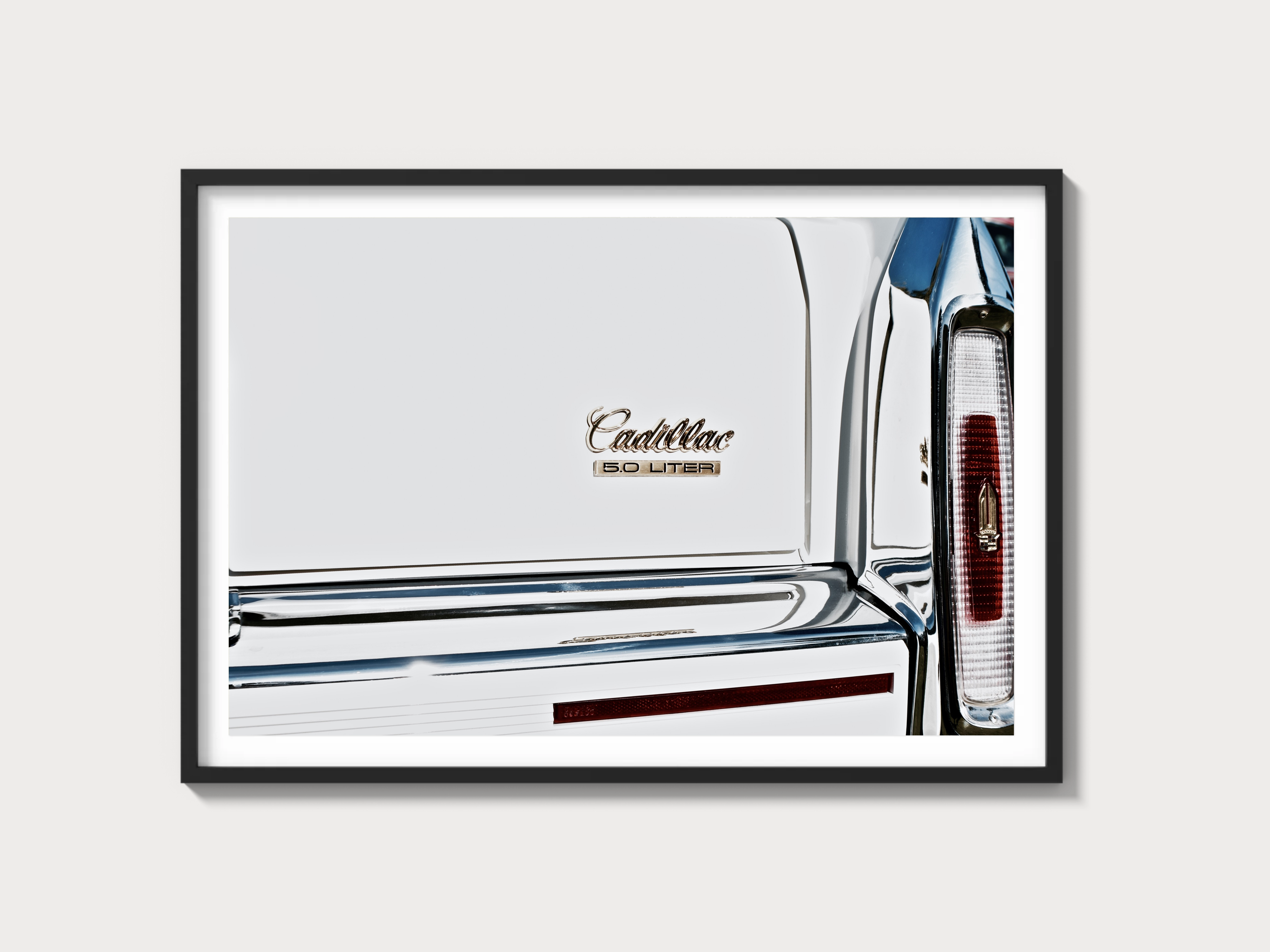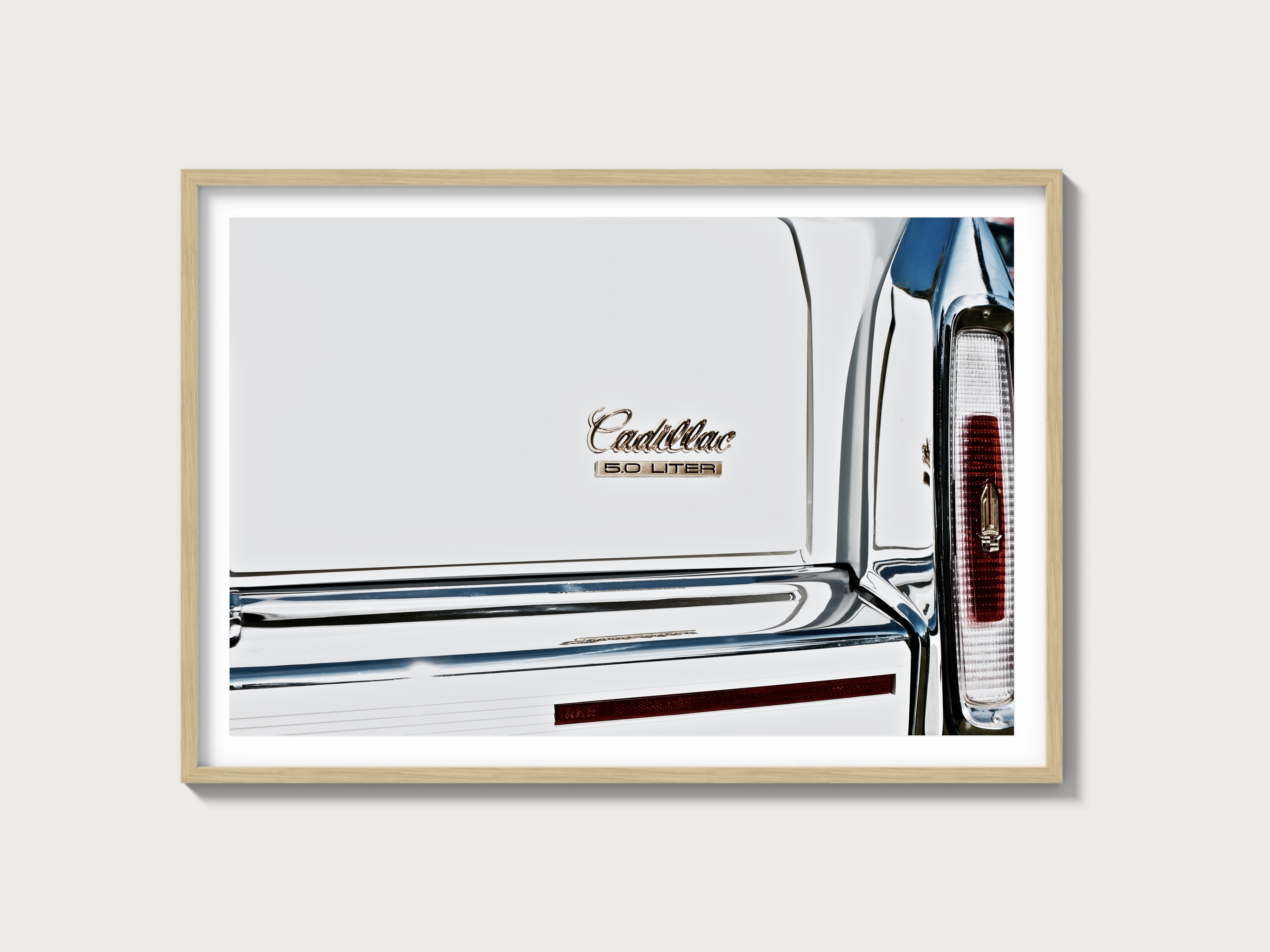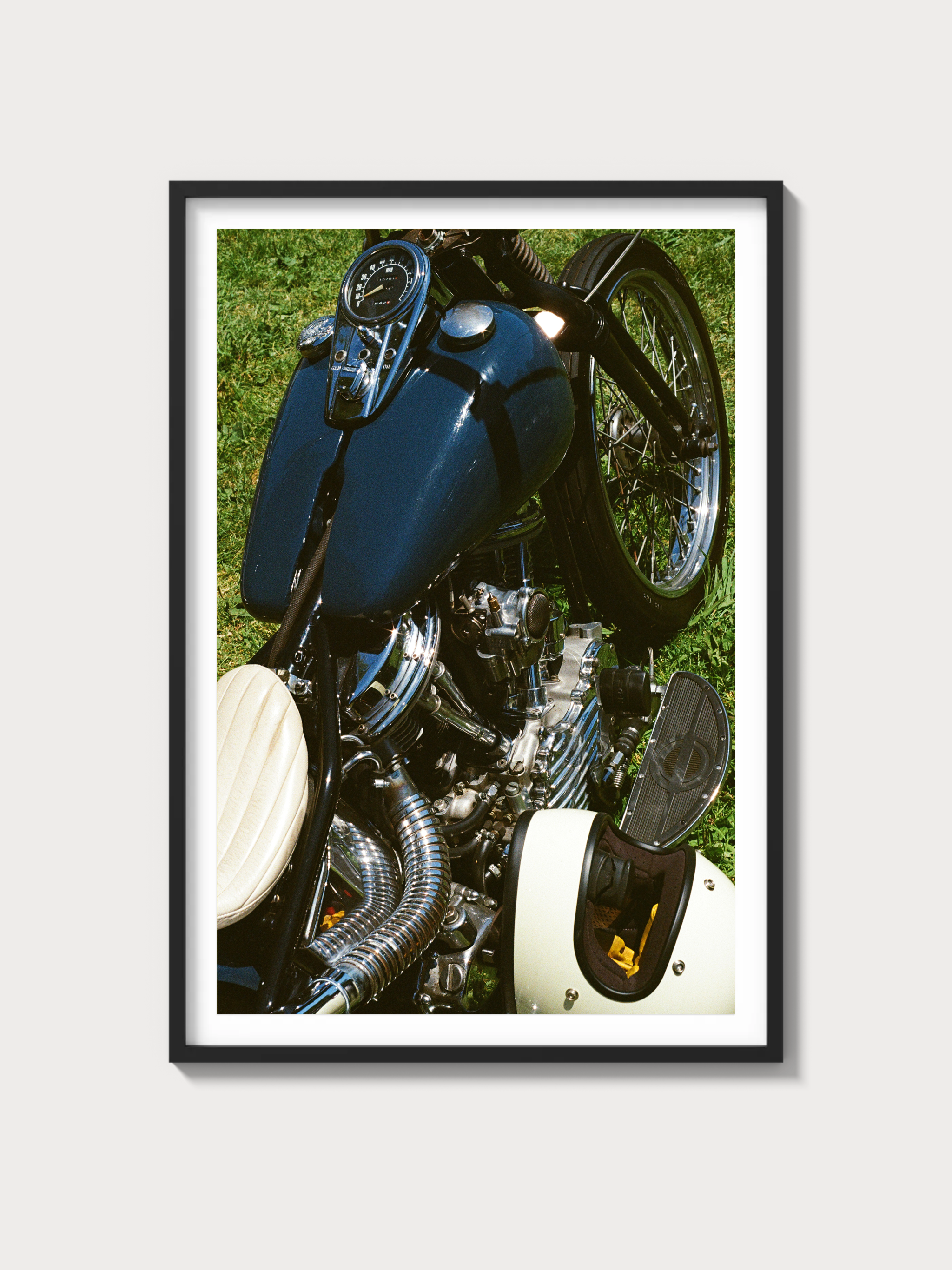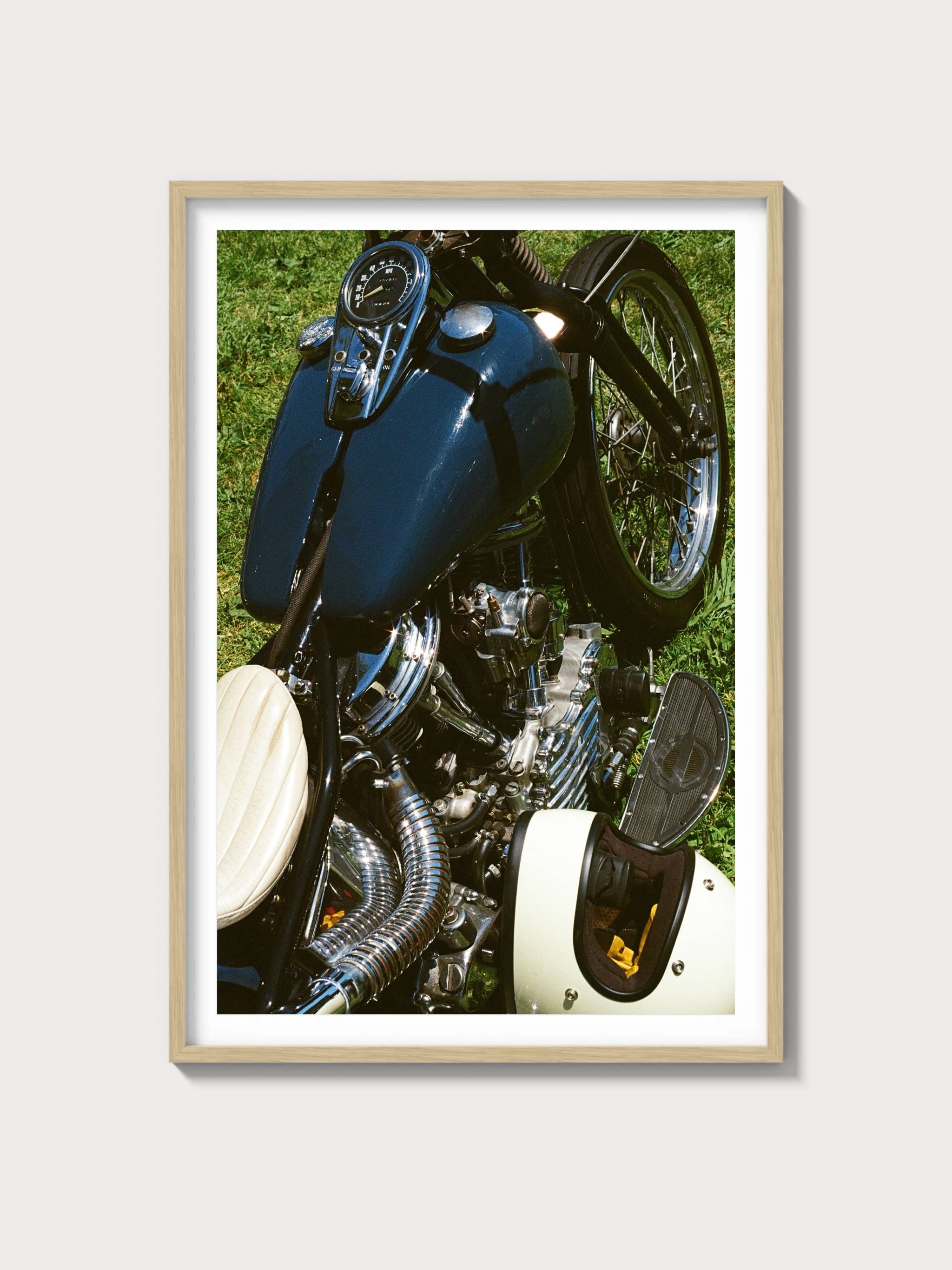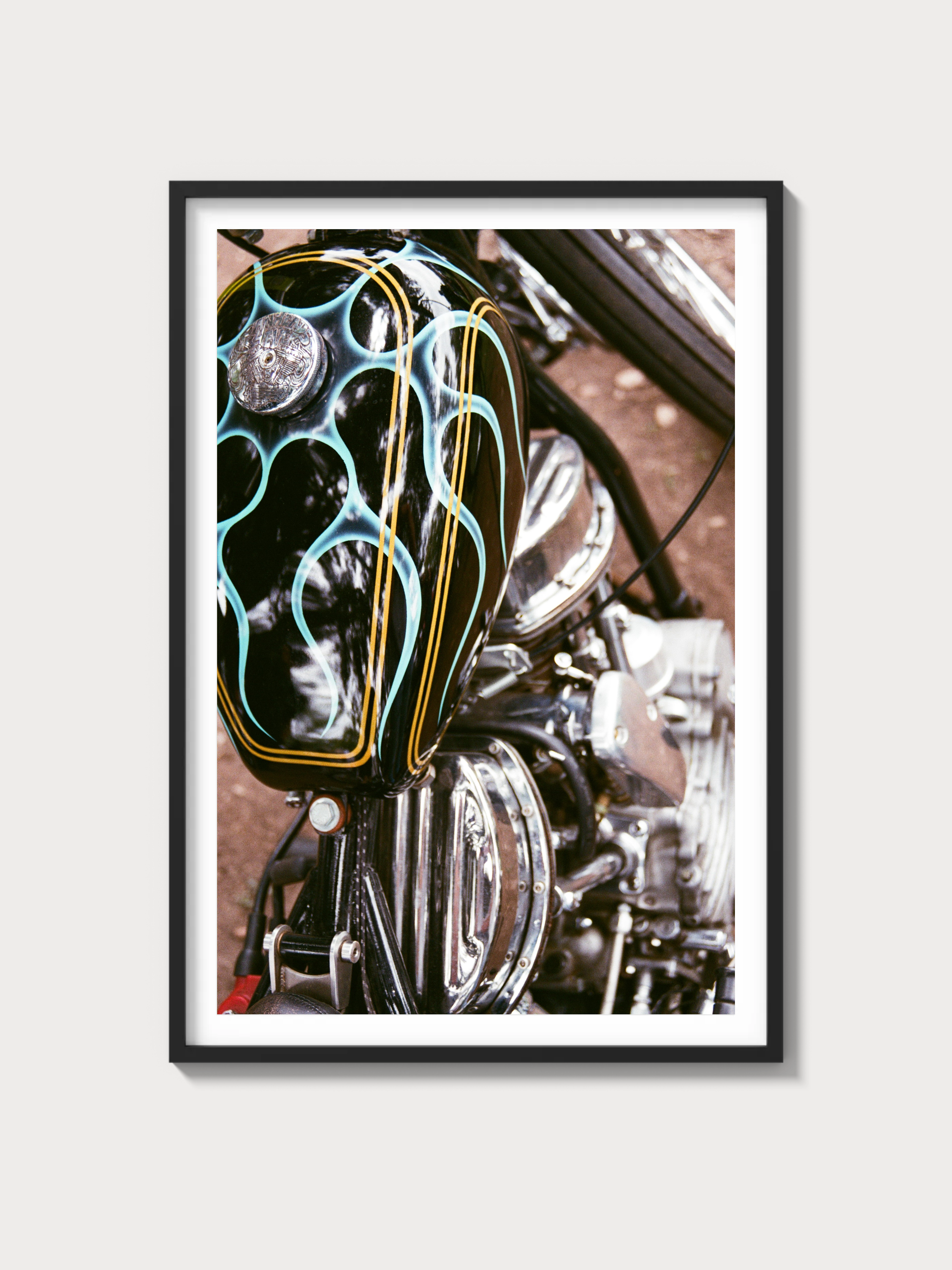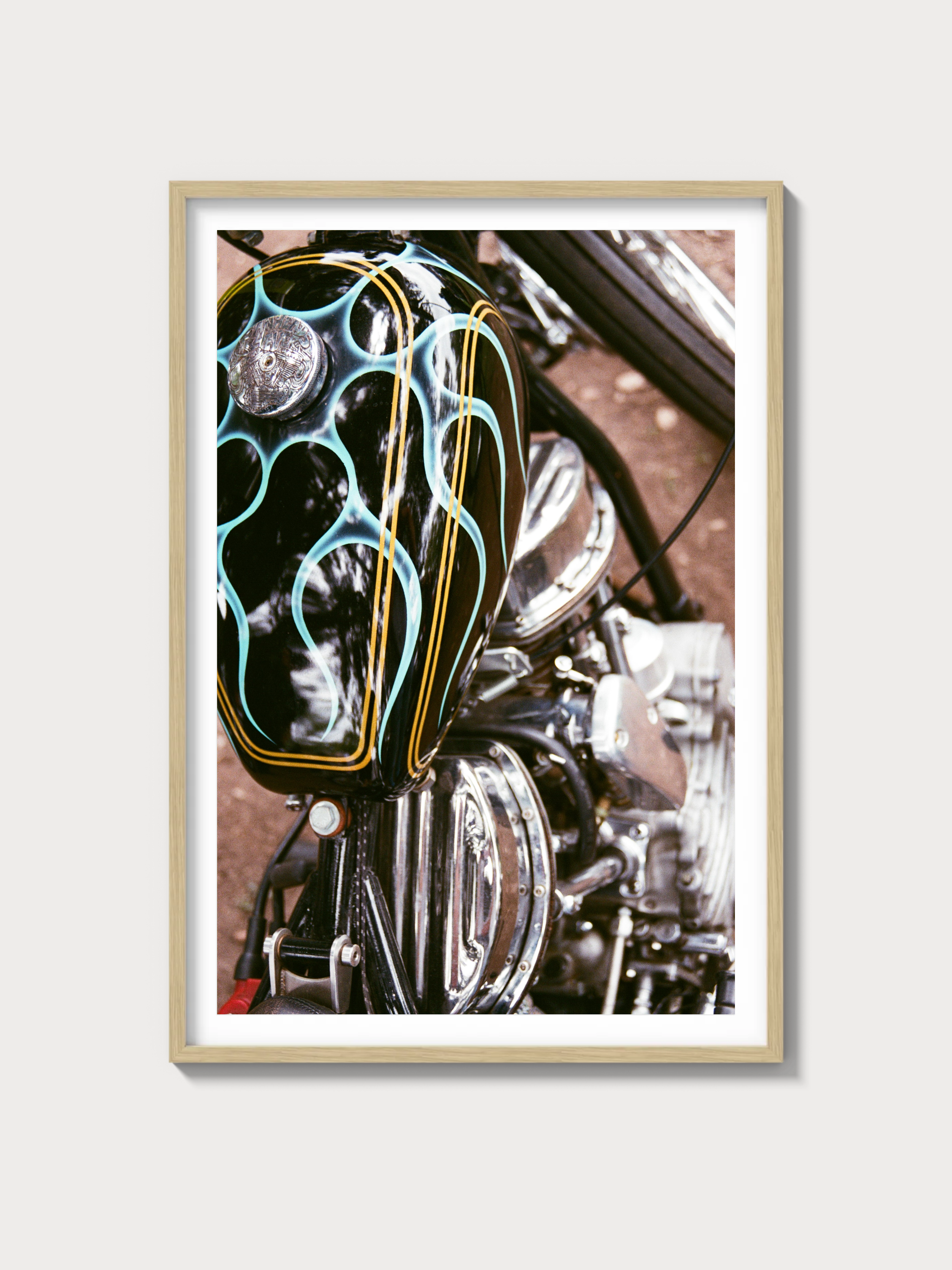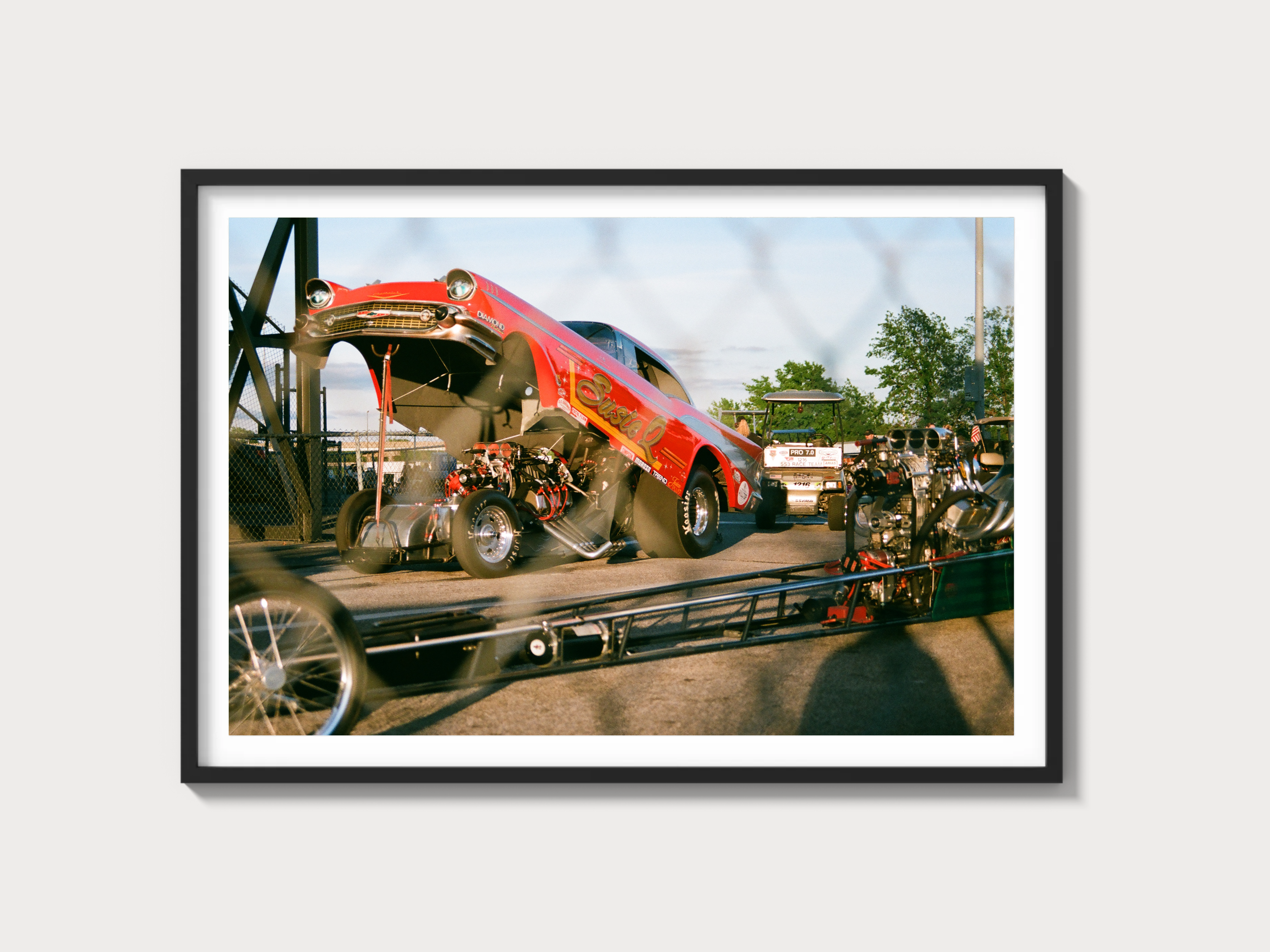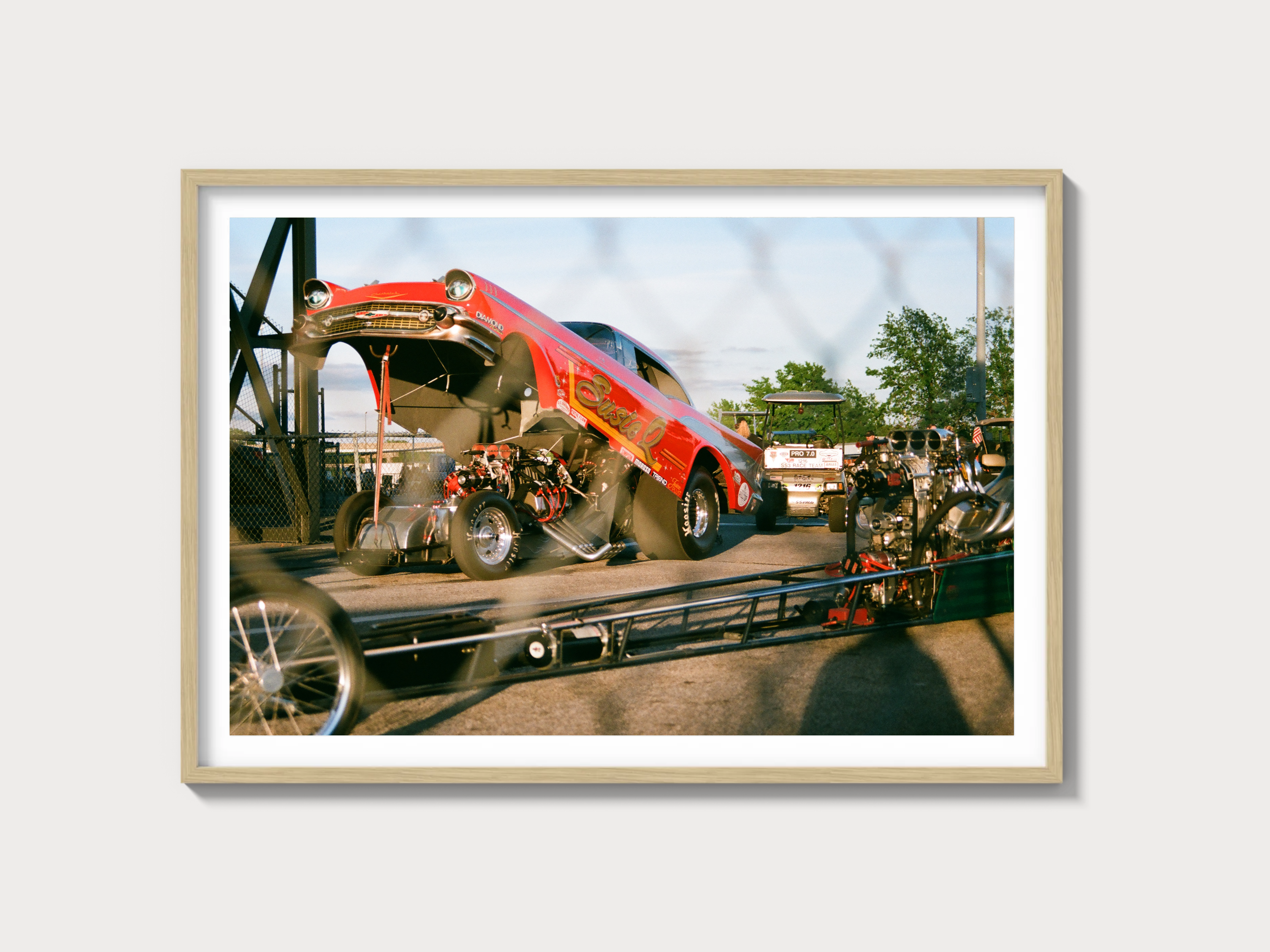Ferrari F355: The Definitive History, Specs, and Legacy
Introduction: Ferrari’s Iconic Mid-Engine Masterpiece
In the storied lineage of Ferrari’s road cars, the F355, introduced in 1994, stands as an iconic milestone—a mid-engine sports car that redefined performance and refinement with a 3.5-liter V8. Crafted by Pininfarina, this model saw 11,273 units produced across its Berlinetta (coupe), GTS (targa), and Spider (convertible) variants, succeeding the 348 GTB/GTS/Spider. With its high-revving engine, advanced aerodynamics, and timeless design, the F355 cemented Ferrari’s mid-engine GT legacy.
The year 1994 was a vibrant period for Ferrari, its racing triumphs—512 TR, 456 GT—complementing road car innovation. Unveiled at the 1994 Geneva Motor Show, the F355 captivated with its sleek lines and exhilarating power. This exhaustive history, penned with a Ferrari historian’s precision, explores its technical brilliance, its iconic styling, its racing legacy, and its enduring impact.
Historical Context: Ferrari’s Mid-Engine GT Leap
The Ferrari F355 emerged during a dynamic era for Maranello. By 1994, Ferrari’s racing pedigree—F40’s supremacy, 512 TR’s refinement—had solidified its stature, yet the company sought to elevate its mid-engine GT lineage under Luca di Montezemolo’s leadership. The 348 GTB/GTS/Spider’s 2,319-unit run (1993-1994) had refined the 348 platform, but its dynamics and power lagged behind competitors. The F355, with a new 3.5L V8, Formula 1-inspired technology, and versatile variants, answered, targeting enthusiasts and collectors while rivaling Porsche’s 911 Turbo and Lamborghini’s Diablo.
A total of 11,273 units were built (1994-1999)—4,871 Berlinettas, 3,829 GTS targas, and 2,573 Spiders—reflecting strong demand. Chassis 99075 (Berlinetta prototype) debuted at Geneva in March 1994, followed by GTS and Spider unveilings, their sculpted forms signaling a leap forward. This was a car for a global audience—European drivers, American buyers—its production balancing accessibility with Ferrari’s prestige amid Italy’s mid-1990s economic growth.
The broader context of 1994 shaped its purpose. The sports car market thrived—Porsche 959, Maserati Biturbo—while buyers demanded performance and versatility. The F355 bridged Ferrari’s racing heritage, rooted in the 348 TB/TS, with a modern mid-engine GT masterpiece.
Technical Specifications: The V8’s High-Revving Power
The Ferrari F355’s heart was its 3.5-liter V8—a new powerplant designed for exhilarating performance and refinement. Below, we dissect its engineering with historian’s detail.
Engine: The 3.5-Liter F129 V8
Displacing 3,496 cc (bore 85 mm, stroke 77 mm), the F355’s V8 was a mid-mounted, all-aluminum unit with a 90-degree V-angle, featuring five valves per cylinder (three intake, two exhaust, double overhead camshafts per bank), an 11.1:1 compression ratio, and Bosch Motronic M5.2 fuel injection. It produced 380 horsepower at 8,250 rpm (European spec) or 375 hp at 8,250 rpm (US spec)—a 60 hp gain over the 348 GTB’s 320 hp. Weighing 298 lbs, it delivered 268 lb-ft of torque at 6,000 rpm.
This engine was a mid-engine marvel. Chassis 100487, a 1995 Spider, showcased its high-revving potency, blending race-bred intensity with road usability.
Performance: Exhilarating GT Speed
The F355 Berlinetta reached 183 mph (295 km/h), GTS 183 mph (295 km/h), and Spider 180 mph (290 km/h)—verified by Autocar’s 1995 test—outpacing the 348 GTB’s 174 mph, with 0-60 mph times of ~4.6 seconds (Berlinetta/GTS) and ~4.7 seconds (Spider). Its power-to-weight ratio (281 hp/ton European, 278 hp/ton US) surpassed the 348 GTB (234 hp/ton), offering a thrilling GT experience.
Chassis and Suspension: Mid-Engine Precision
The chassis was a tubular steel monocoque with subframes, weighing 1,350 kg (2,976 lbs) for Berlinetta/GTS and 1,370 kg (3,020 lbs) for Spider—lighter than the 348 GTB due to optimized design. Its 2,450 mm wheelbase matched its predecessor, with fully independent suspension—double wishbones with coil springs and electronically adjustable dampers—delivering razor-sharp handling and a refined ride.
Transmission and Brakes: Dynamic Mastery
A 6-speed manual gearbox—transverse-mounted—drove the rear wheels, its ratios (1st: 2.73, 6th: 0.79) favoring performance, with an optional F1-style paddle-shift (1997). Braking relied on 14-inch ventilated disc brakes with ABS, delivering 1.1g deceleration—exceptional for its class.
| Specification | Details |
|---|---|
| Engine | 3.5L V8, 380 hp @ 8,250 rpm (375 hp US) |
| Displacement | 3,496 cc (85 mm x 77 mm) |
| Top Speed | ~183 mph (Berlinetta/GTS) / 180 mph (Spider) |
| 0-60 mph | ~4.6 sec (Berlinetta/GTS) / 4.7 sec (Spider) |
| Weight | 1,350 kg (Berlinetta/GTS) / 1,370 kg (Spider) |
| Transmission | 6-speed manual (later F1 paddle-shift) |
| Suspension (Front) | Double wishbone, coil springs, adjustable dampers |
| Suspension (Rear) | Double wishbone, coil springs, adjustable dampers |
| Brakes | Ventilated discs, 14-inch, ABS |
Design and Styling: Pininfarina’s Timeless Elegance
The Ferrari F355’s aesthetic was a Pininfarina masterpiece, refining the mid-engine GT form.
Exterior: Sculpted GT Beauty
Pininfarina built all 11,273 units—chassis 99075 (Berlinetta) featured a sleek nose, flowing lines, and aerodynamic vents, finished in Rosso Corsa, with GTS and Spider variants adding removable targa and full convertible tops. Its 2,450 mm wheelbase and steel body (with aluminum panels) offered a sculpted, elegant profile, with a Formula 1-inspired undertray enhancing downforce.
Interior: Refined GT Cockpit
The cabin was a driver’s haven: leather bucket seats (black or tan), a gated shifter, and Veglia gauges—tachometer (10,000 rpm redline), speedometer, oil pressure. Chassis 100487’s interior, with upgraded materials over the 348 GTB, balanced sportiness with comfort, contrasting the 512 TR’s raw focus.
Production and Variants: A GT Triumph
The Ferrari F355’s 11,273-unit run (1994-1999) included 4,871 Berlinettas, 3,829 GTS targas, and 2,573 Spiders, with specials like the Serie Fiorano (1999). Chassis 99075 launched the series, while 117589 closed it, transitioning to the 360 Modena. Its focus remained road excellence, with limited racing variants.
Performance and Racing Legacy: A Dual-Purpose Icon
The Ferrari F355 racing history saw notable success via the F355 Challenge variant (104 units), racing in Ferrari’s Challenge series from 1995, with wins in Europe and North America. Chassis 101237 (Challenge) exemplified its track prowess. On the road—Autostrada, Mulholland Drive—its 183 mph top speed and agile handling reigned supreme.
Ownership and Market Value: A Timeless Classic
The Ferrari F355 value reflects its iconic status. Early owners included European racers and U.S. enthusiasts. Today, prices range $100,000-$150,000—chassis 99075 sold for $135,000 at RM Sotheby’s 2023. Restoration costs—V8 rebuilds at $90,000—highlight its enduring appeal.
Cultural Impact: Ferrari’s Mid-Engine GT Pinnacle
The F355 elevated Ferrari’s mid-engine GT lineage, its V8 and versatile variants influencing the 360 Modena. In 1990s lore, it’s the car of exhilarating performance and timeless beauty, a pinnacle of Ferrari’s mid-engine heritage.
Comparisons: Ferrari F355 vs Rivals
The Ferrari F355 vs Porsche 911 Turbo pits 380 hp V8 against 408 hp flat-6—Ferrari led in refinement, Porsche in power. The Lamborghini Diablo (492 hp) outpaced it but trailed in balance.
| Model | Engine | Power | Weight | Top Speed |
|---|---|---|---|---|
| Ferrari F355 | 3.5L V8 | 380 hp | 1,350-1,370 kg | ~183/180 mph |
| Porsche 911 Turbo | 3.6L Flat-6 Turbo | 408 hp | 1,500 kg | ~185 mph |
| Lamborghini Diablo | 5.7L V12 | 492 hp | 1,576 kg | ~202 mph |
Frequently Asked Questions
What was the Ferrari F355?
A 1994 3.5L V8 mid-engine sports car.
How many were made?
11,273 units (4,871 Berlinetta, 3,829 GTS, 2,573 Spider).
What engine powered it?
3,496 cc V8, 380 hp (375 hp US).
Did it race?
Yes—F355 Challenge in Ferrari series.
What’s its value?
$100,000-$150,000.

